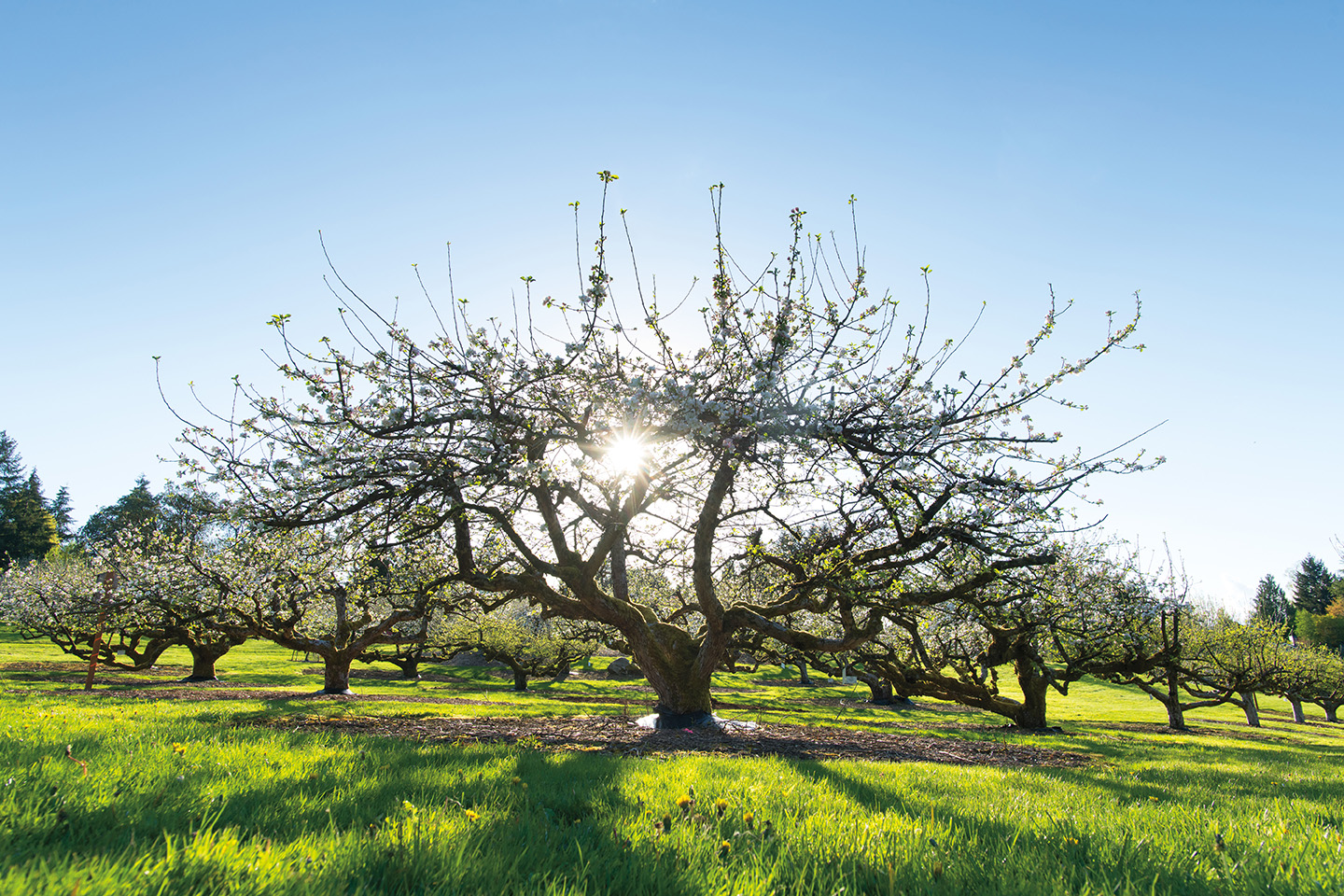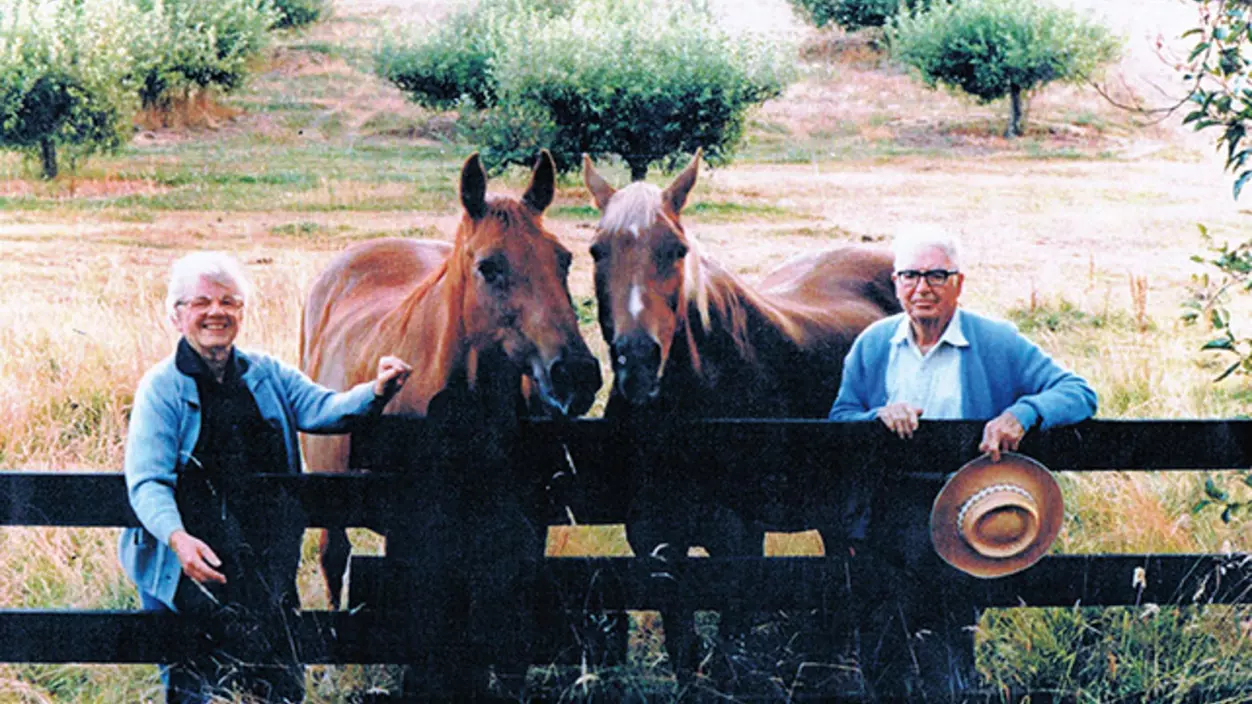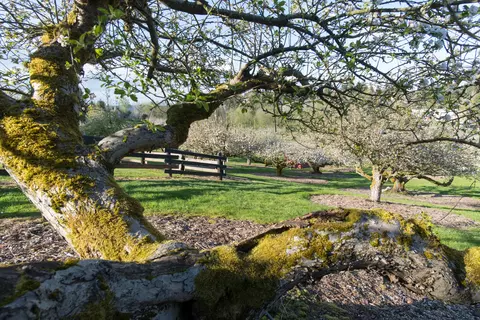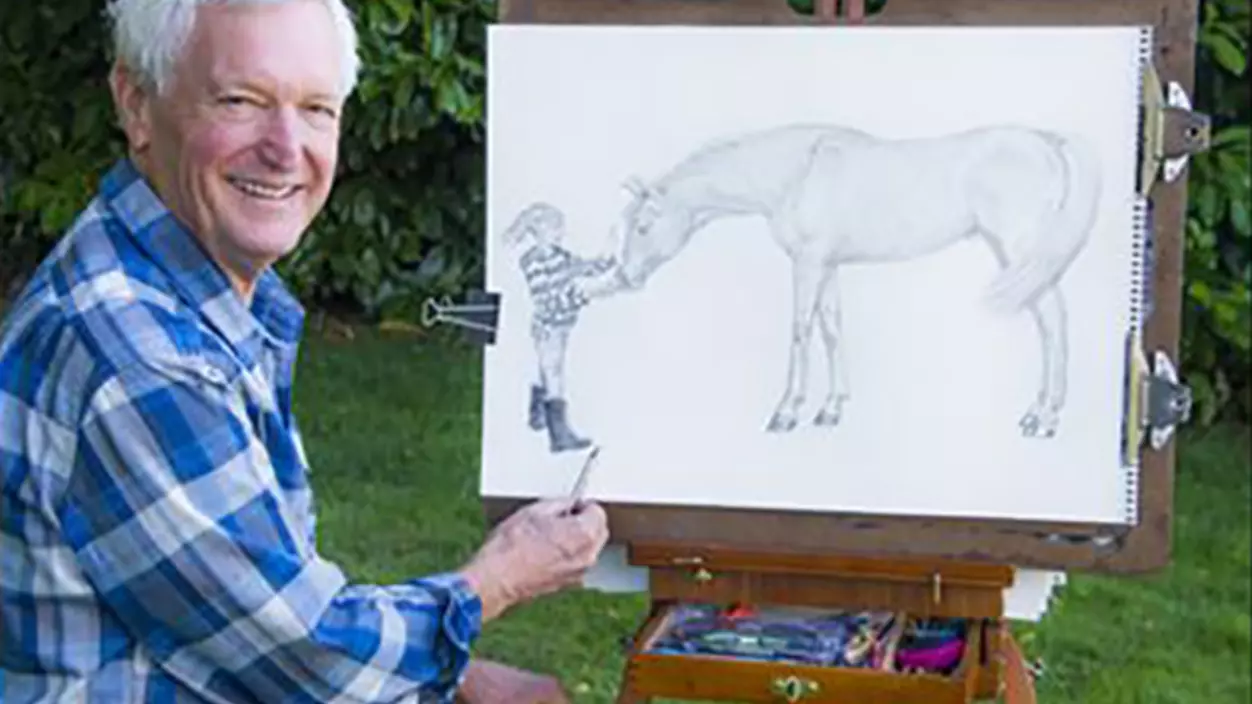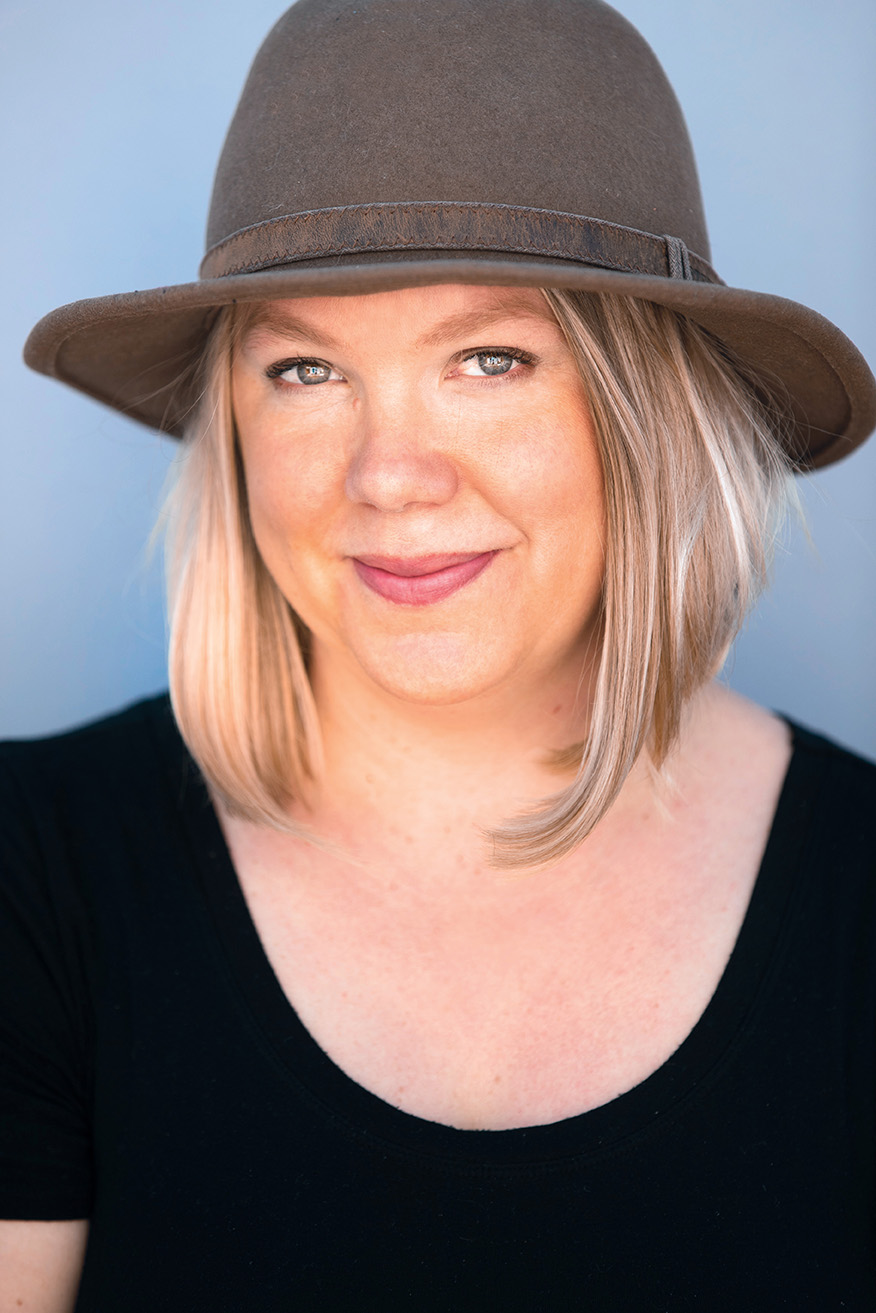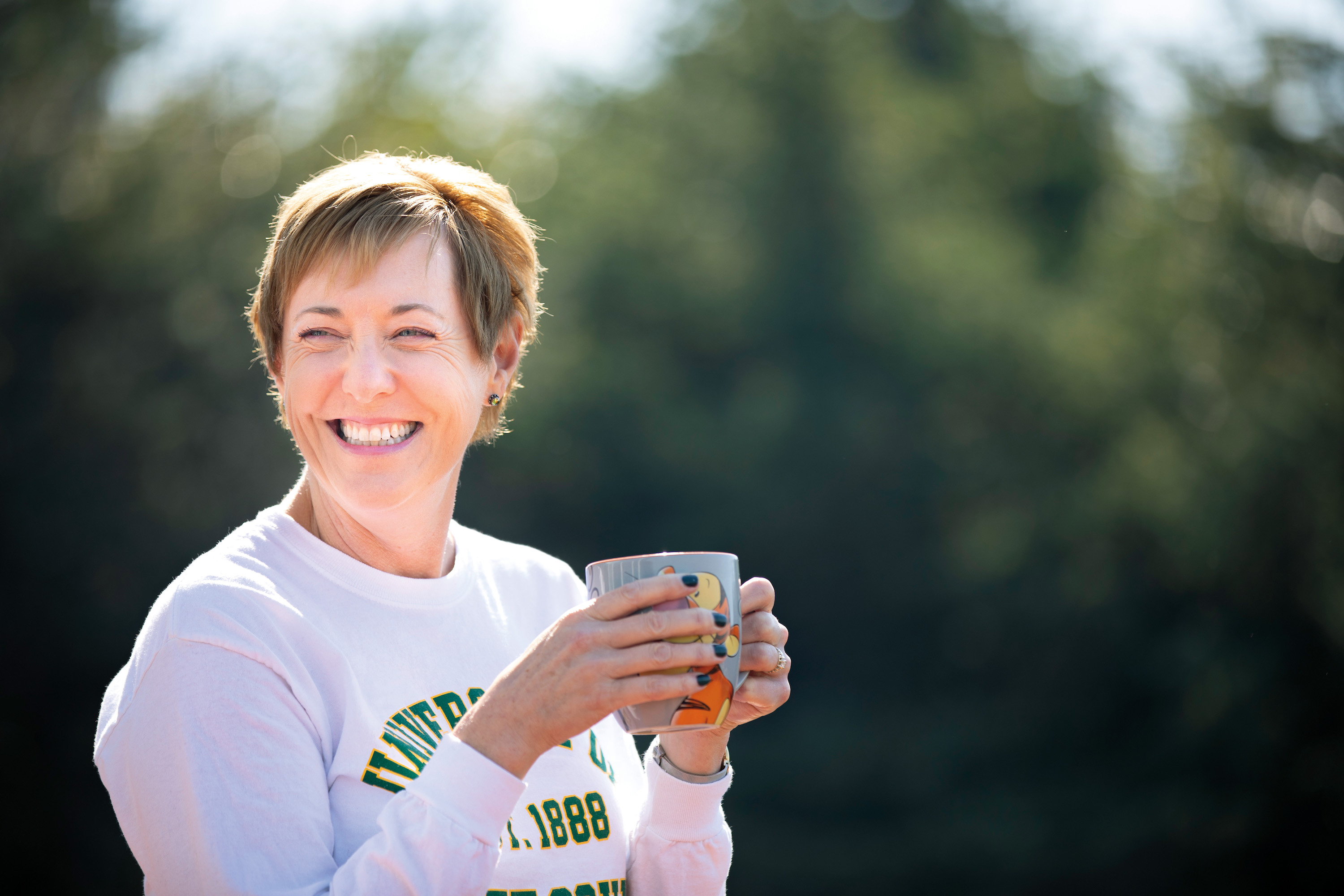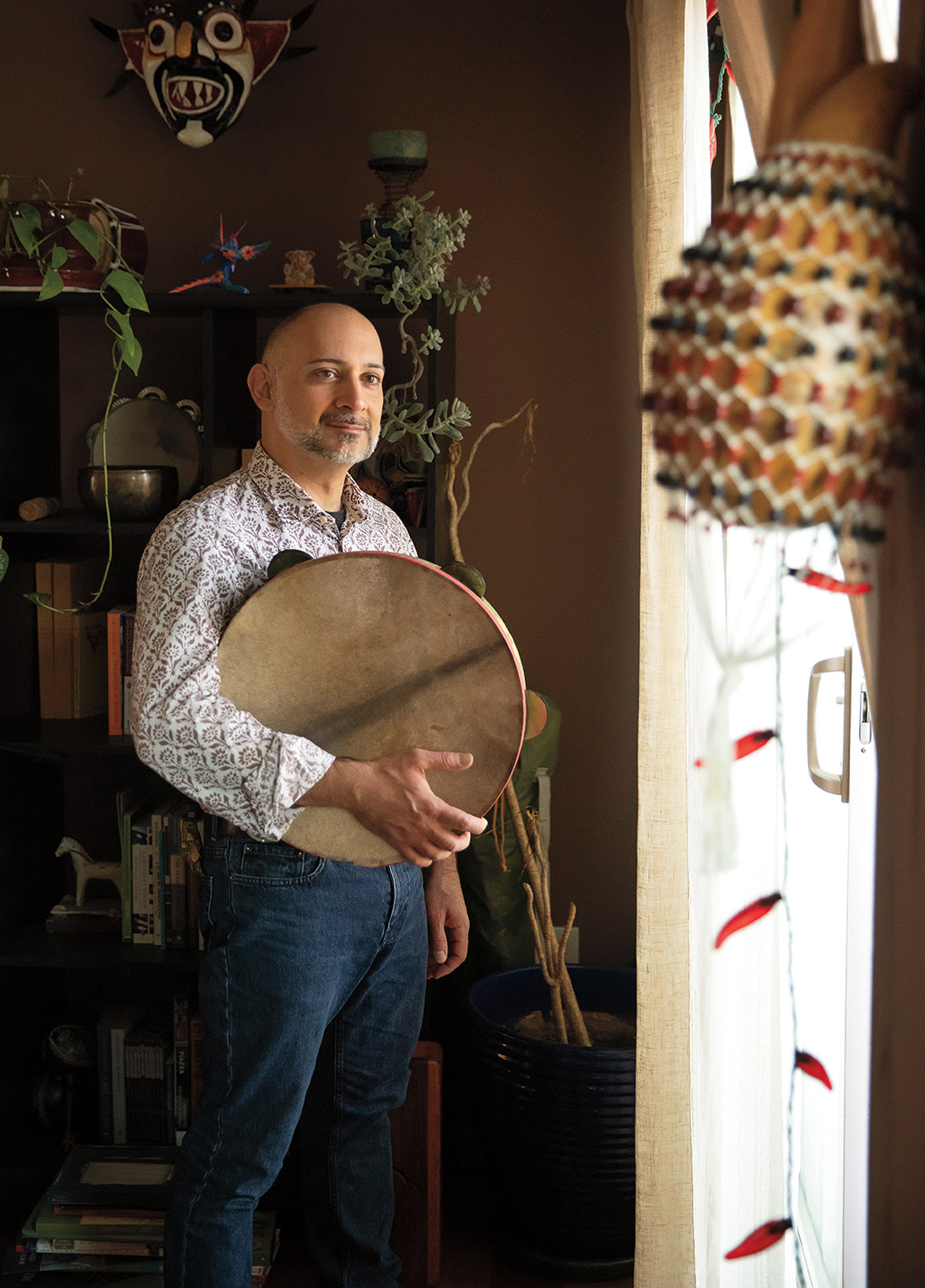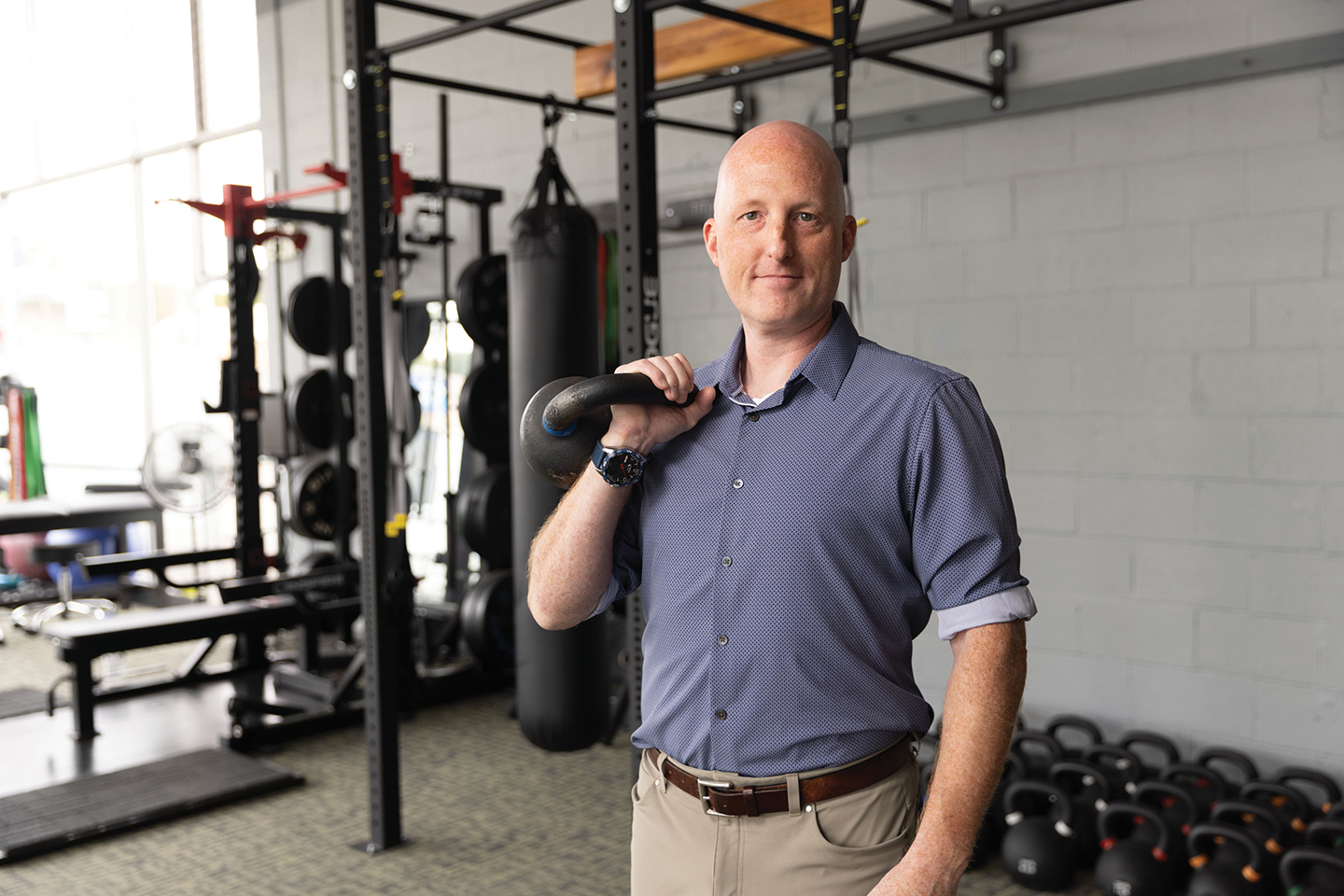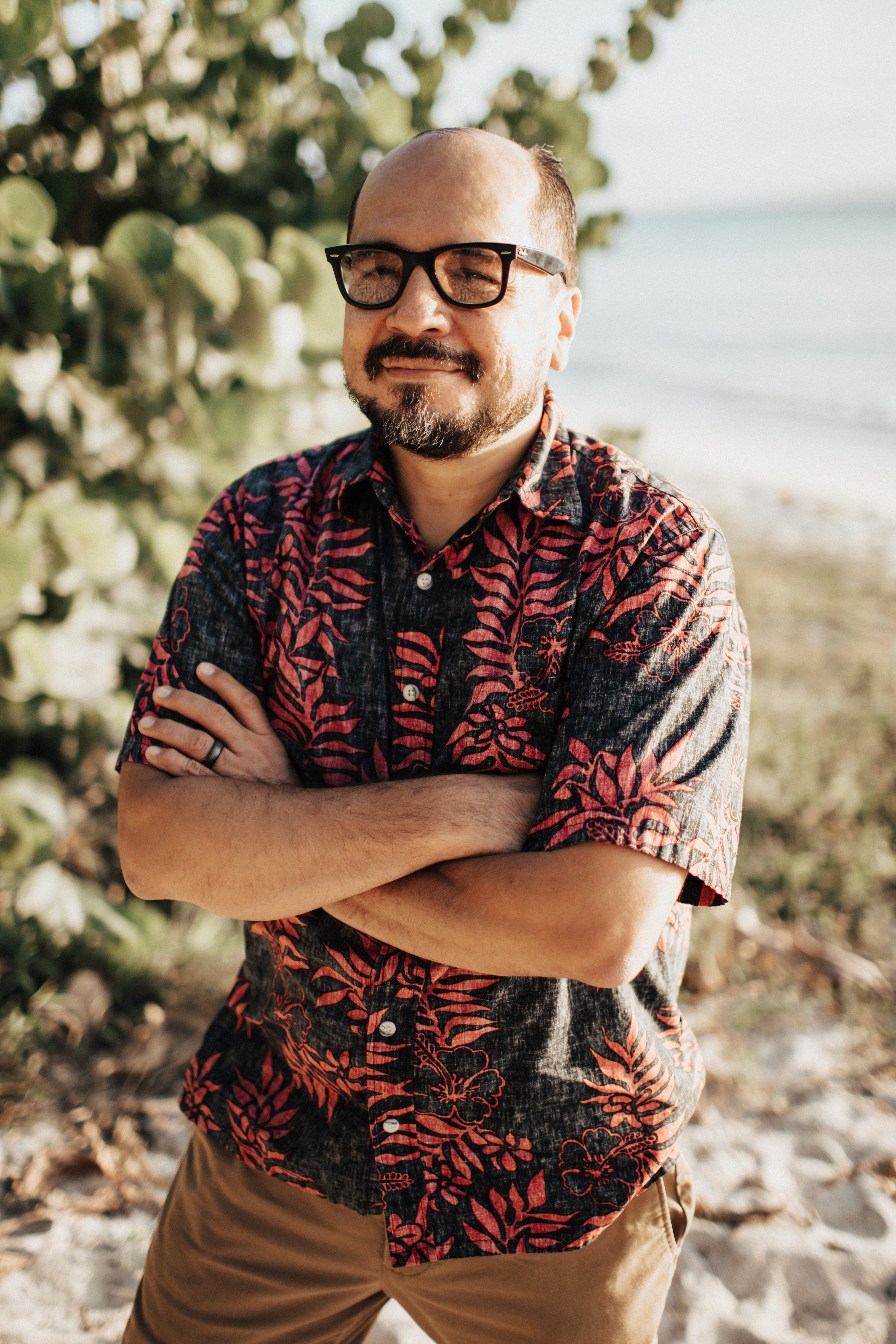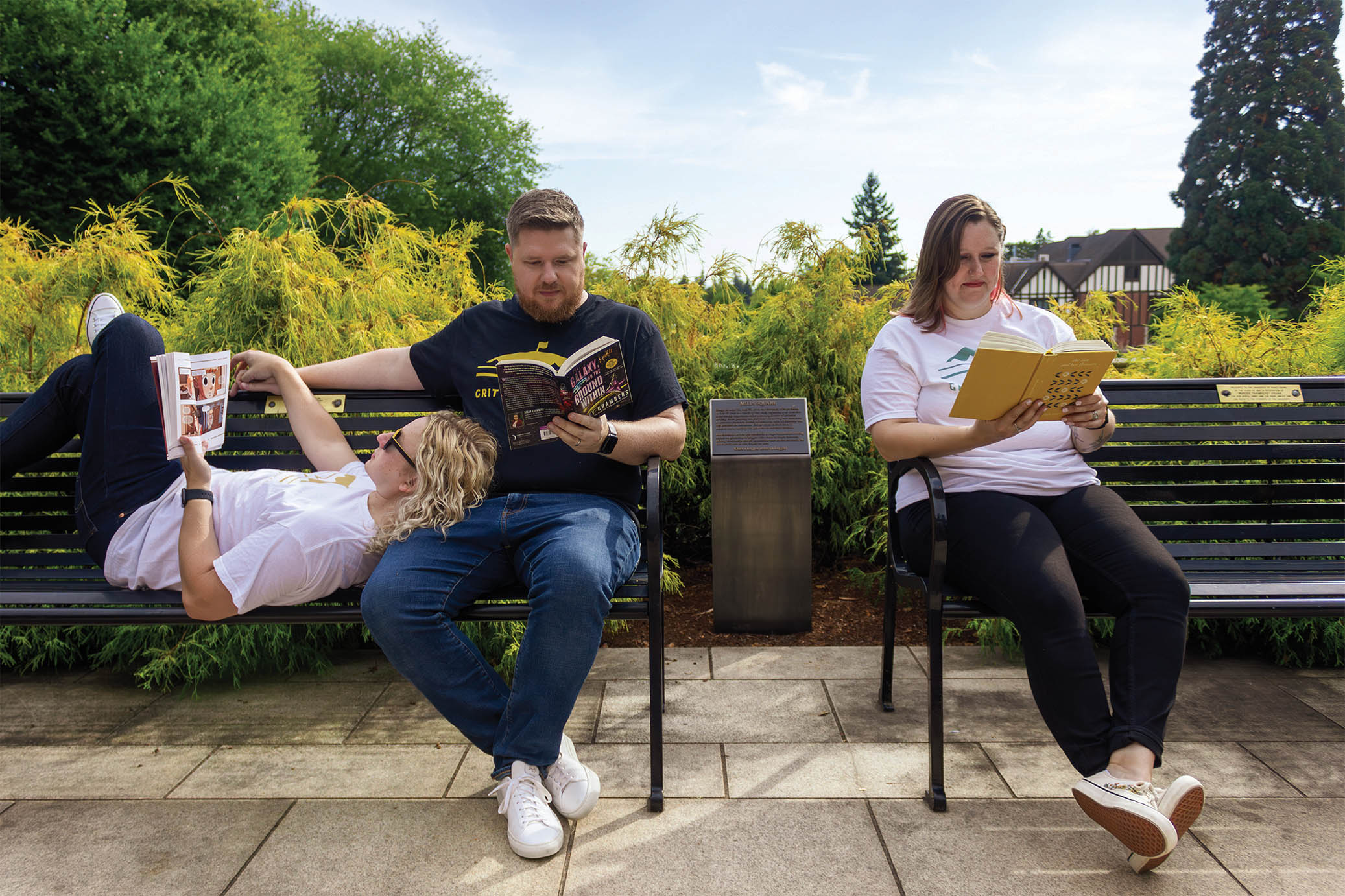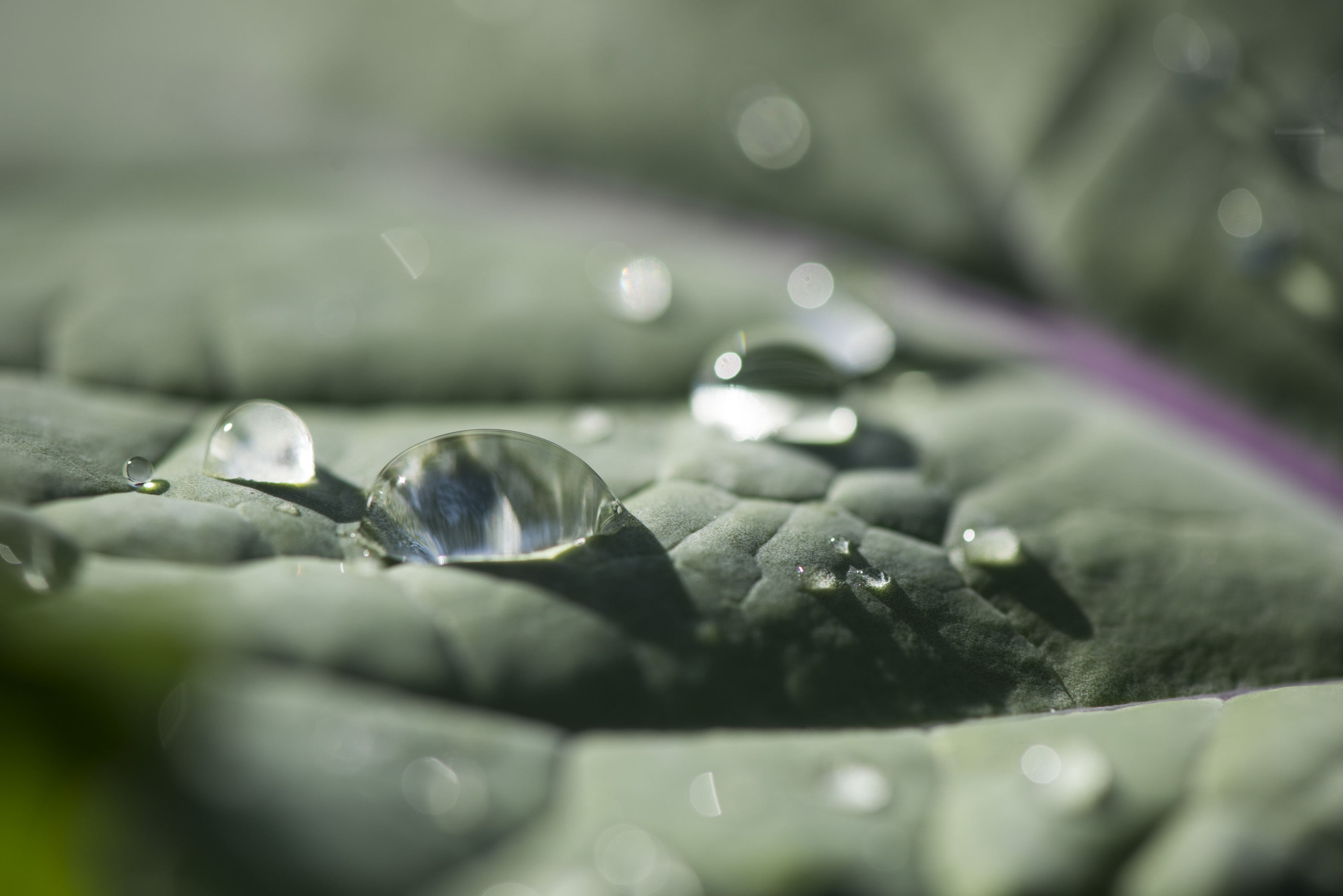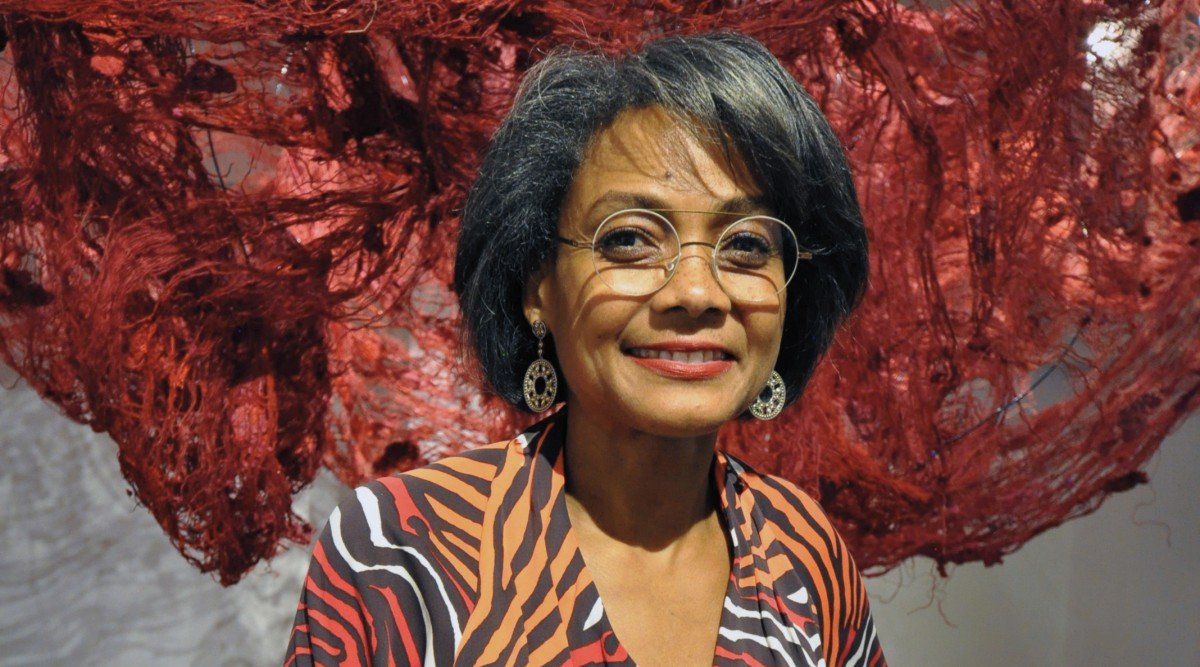A tribute to Mary Louise Curran ’36 and Charles Curran ’35: trailblazers, community leaders, and prolific apple growers
In 1938, Mary Louise Curran ’36 entered an essay contest that would change her life and her community forever. The topic was “Why I want to live in University Place,” and the goal was to advertise a newly developed subdivision close to the Puget Sound campus. She wrote:
At Soundview you may select a lot with unequaled view of nature’s splendors, one ever-changing. In the foreground are the sparkling waters of Puget Sound, in the distance wooded islands and beyond the Olympic mountains! Here, in surroundings free from the soot and smoke of the city, one may breathe refreshing sea air and enjoy the sunshine of the day, not to mention sunsets that leave you breathless. Where could one find a healthier spot to live and bring up children?
Mary won the contest, and the most enviable prize: a half-acre lot in University Place then valued at $400. She and her husband, Charles Curran ’35, built a home there and began raising a family. In 1951, a seven-acre wooded property two blocks south became available, and the couple saw an opportunity to create something special. They bought the land for $215 per acre and set to work clearing it for an apple orchard. They brought horses over to graze among the trees, a pretty sight that reminded Charles of his childhood in Kansas, and in 1955, had a two-story midcentury-modern house built on the property.
Today the Curran House is listed on the National Register of Historic Places, and the orchard remains, drawing visitors for spring blossoms, summer concerts, and the fall cider squeeze.
“The orchard has continued to be a gathering place,” says Debbie Klosowski, who worked with the Curran family to preserve the land as a community park in 1993. “It’s a really special place where you can go to escape the hustle and bustle and the stress of everyday life. It’s also a wonderful living example of our community’s past.”
In her role as vice chair at the nonprofit organization UP for Arts, Debbie is involved in a campaign to fund a life-size bronze sculpture of a girl feeding an apple to a horse by local artist John Jewell ’66, M.Ed.’69. The “Forever Friends” sculpture will be located on the orchard to commemorate the land’s 25th anniversary as a park and pay tribute to the Currans, who made an indelible mark on the community of University Place, as well as the University of Puget Sound.
